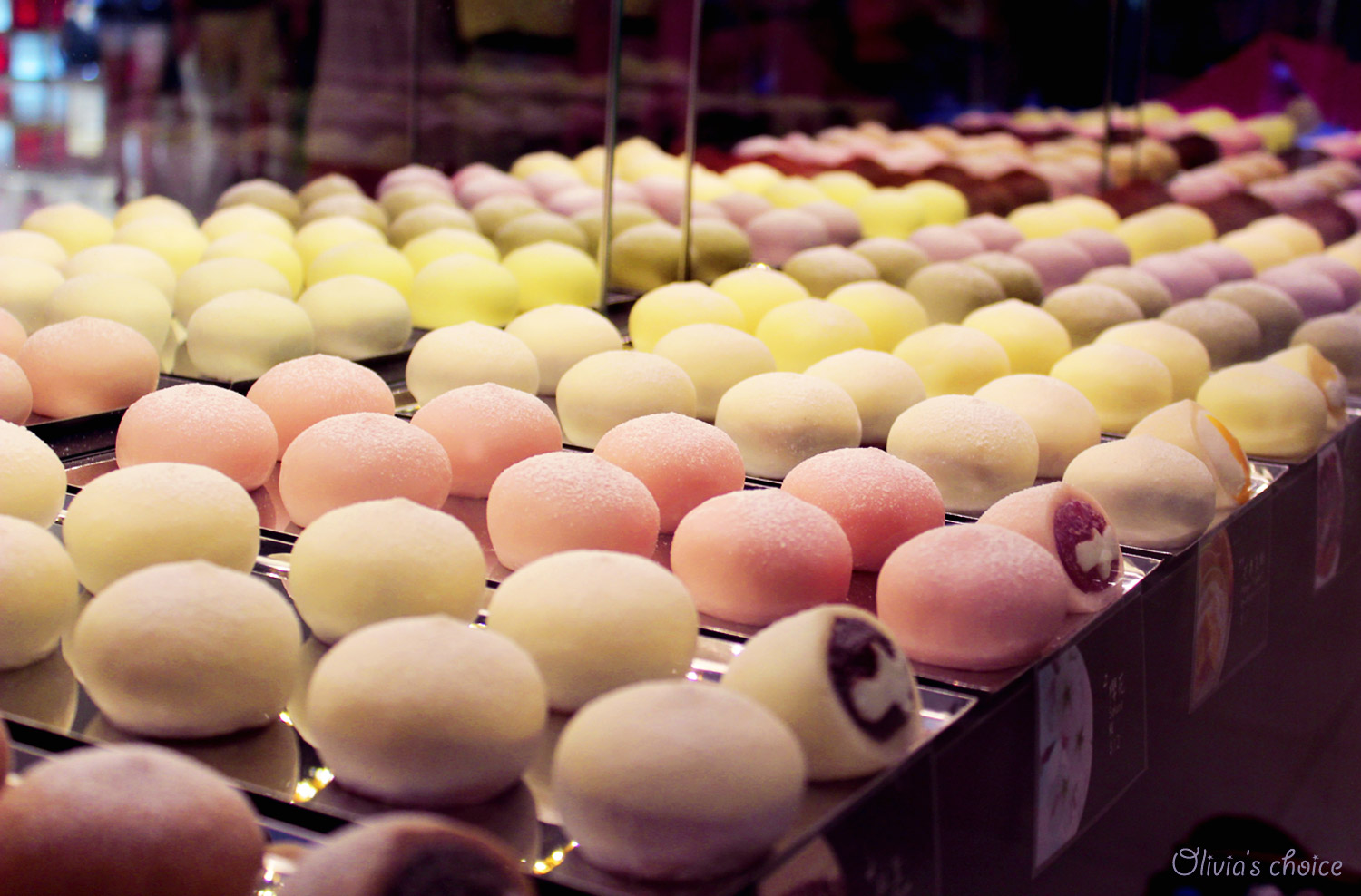

Try the ‘mochi daifuku’, a traditional soft and chewy mochi with a sweet adzuki red bean centre in a variety of flavours including matcha, mango, dark chocolate ganache, hoji cha, coffee and yuzu. You can let your tastebuds roam wild through aisles filled with mochi donuts, cookies, pan bread, ice cream, you name it. While mochi is sold year round at Japanese supermarkets, it’s traditionally eaten during the winter months. The Tradition behind Japanese Mochi Mochi rice is most commonly pounded into a rice cake called mochi. The good news is, you won’t have to trust our pathetic attempt at describing mochi, because you now have access to an entire shop filled with the dessert. Mochi rice is made up mostly of amylopectin while sushi rice is made up of 80 amylopectin and 20 amylose, a much less sticky starch. The squishy dessert can be found in creative flavours like matcha, mango, coconut, chocolate, strawberry, and more.

We can only try by telling you that mochi often comes in the form of pounded sticky rice balls of ooey-gooey, chewy goodness. If you’ve never tasted mochi, the treat is honestly a bit hard to describe. One of Japans favorite ways to enjoy rice in all its starchy glory is mochi, a glutinous rice cake that has the caloric equivalent of a small bowl of rice. SEE ALSO: A retro ramen bar has opened inside London’s Japanese food hall. Now, London’s giant food hall, Japan Centre, has received an entire shop dedicated to all things mochi - ‘The Mochi Bar’ is the first of its kind in the UK. Another cult dessert that has been gaining popularity around the world is mochi, the chewy, super satisfying rice flour treat from Japan. What’s not to love about Japanese sweets? Culinary influences from overseas have brought us beautiful taiyaki ice cream cones, matcha ice cream sandwiches, and flaming desserts.


 0 kommentar(er)
0 kommentar(er)
